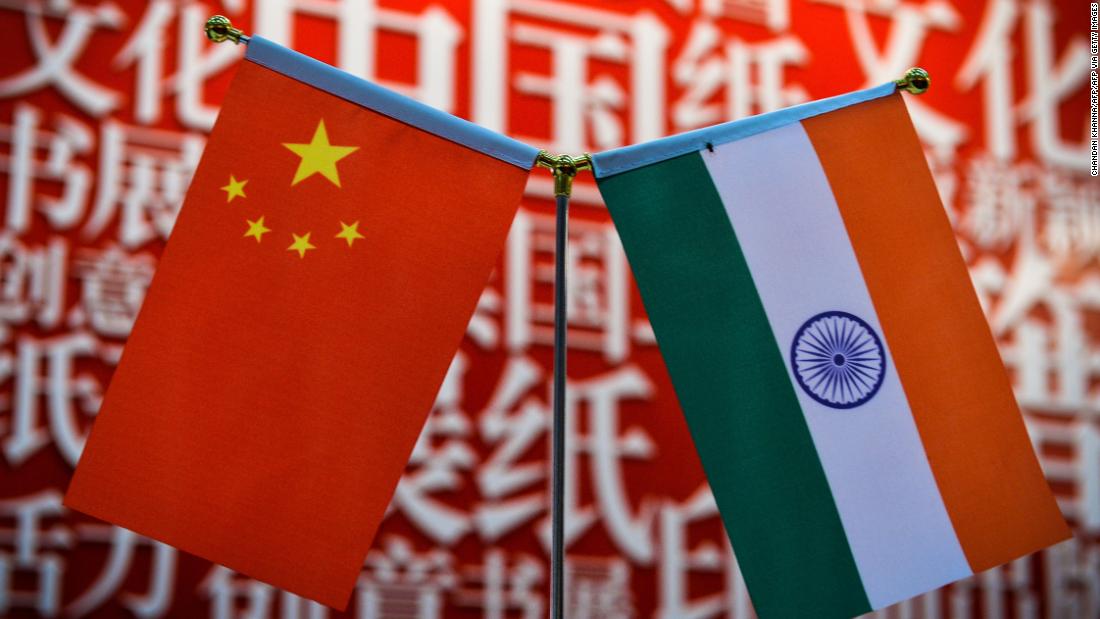Speaking to CNN’s NewsN branch18, Indian Defense Minister Rajnath Singh said on Tuesday that a “significant number” of Chinese troops had moved to the line of actual control (LAC) between the two countries.
“It is true that the people of China are on the border. They claim that it is their territory. Our claim is that it is our territory. There has been disagreement about that … India has done what needs to be done.” Singh said during the interview.
“We do not want any country to bow before us and we will not bow before any country,” Singh added.
India and China share one of the world’s longest land borders. The two countries participated in the bloody border war in the Himalayas in 1962, and tensions continued sporadically over the decades.
Last month, an aggressive cross-border altercation between Chinese and Indian forces resulted in minor troop injuries. The incident has been followed in recent weeks by unconfirmed reports of tensions in the mountainous area, although neither side has publicly admitted anything unusual.
“The two sides can resolve related issues through established border-related mechanisms and diplomatic channels,” he said.
“Chinese border defense troops have stepped up border control measures and taken the necessary steps in response to the recent illegal construction of Indian defense facilities across the border into Chinese territory in the Galwan Valley region in May,” the article reads.
Real control
In 1993, after years of territorial confrontation and negotiations, China and India finally signed an agreement trying to mark a long period of borders between the two countries.
Former Indian Foreign Minister Nirupama Rao said on his official Twitter account that Delhi and Beijing cannot even agree on the length of the border between the two countries.
“India’s border in China is 3,488 kilometers long (2,167 miles) … In the Chinese definition, the India-China border is about 2,000 kilometers long,” she said.
Chinese state media also covered the issue.
“There are no lines of actual control along the Sino-Indian border that both sides recognize,” the Global Times said in a May 25 article.
American voices support India
On May 29, U.S. Secretary of State Mike Pompeo plunged into a territorial saga, expressing concern over a border dispute on a podcast.
“The Communist Party of China – the nature of the activities they are undertaking … Even today, increasing Chinese forces have moved towards northern India on the line of actual control there on the Indian border,” Pompeo said. “These are the kinds of actions that authoritarian regimes take and have real impact.”
Meanwhile, US President Donald Trump said last month that the US would be ready to mediate or arbitrate border disputes between India and China.
“We have informed both India and China that the United States is ready, willing and able to mediate or arbitrate their now fierce border dispute. Thank you!” he tweeted.
Relations between the US and China deteriorated rapidly during the coronavirus pandemic and as Beijing tried to consolidate its semi-autonomous city of Hong Kong.
The Chinese Foreign Ministry responded that no “third party” intervention was needed on the border with India. But U.S. officials continued to talk about the situation.
“China once again shows that it is ready to harass its neighbors and not resolve conflicts in accordance with international law,” he said in a statement.
“I strongly urge China to respect the norms and use diplomacy and existing mechanisms to resolve its border issues with India.”

Zombie aficionado. Typical introvert. General creator. Beer practitioner. Web fan. Music nerd.

